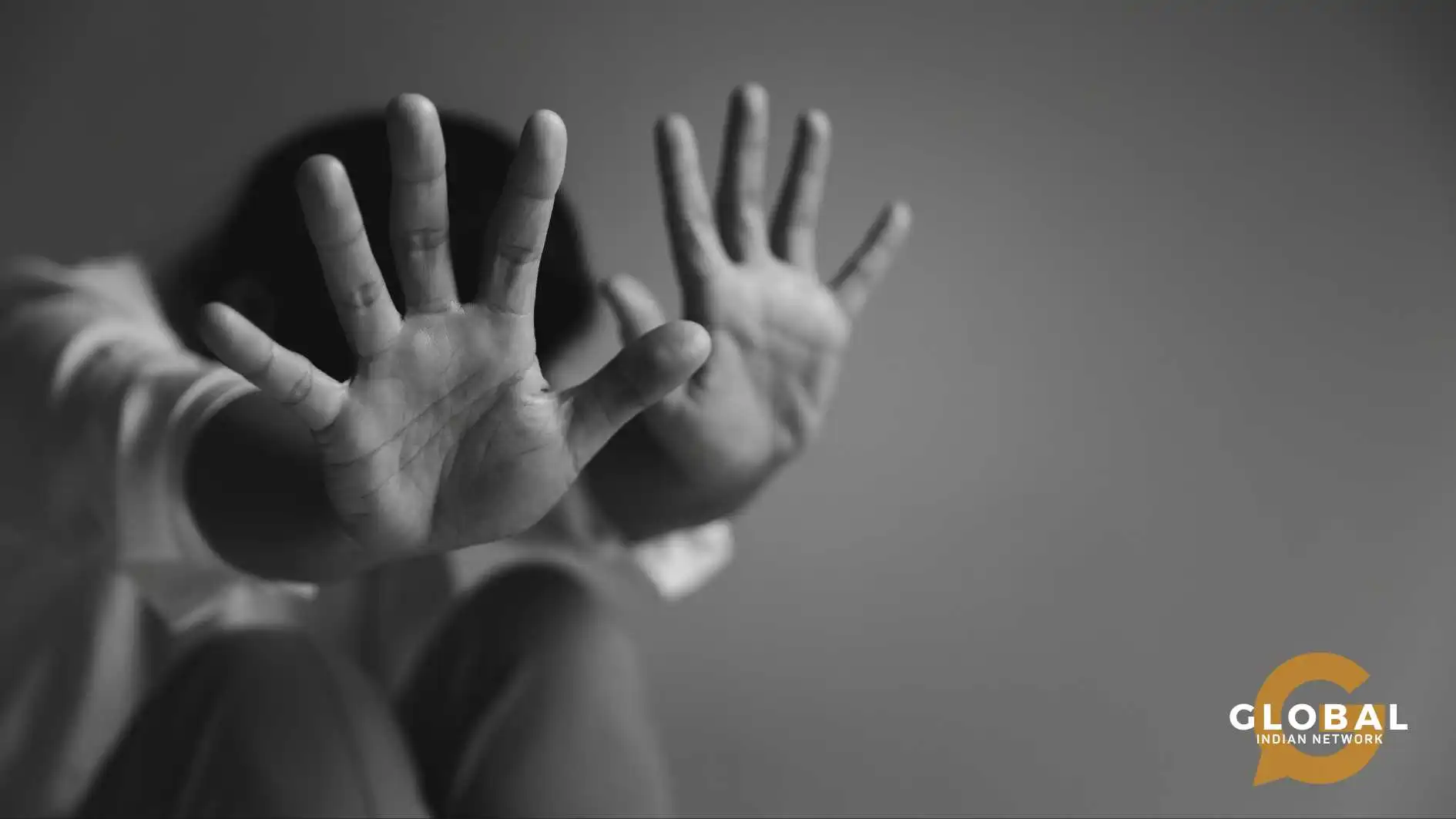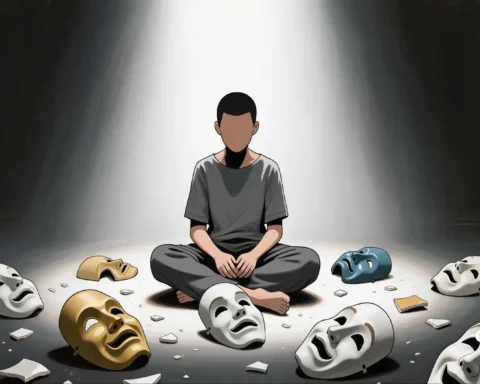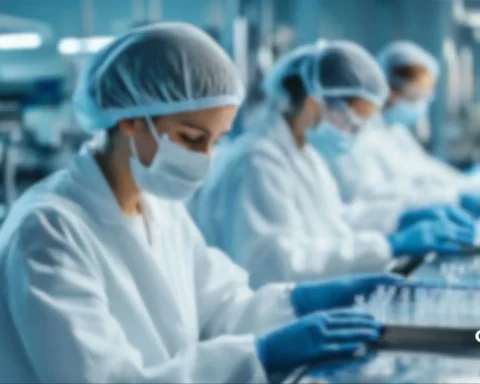Human trafficking is a serious human rights violation and an age-old custom of contemporary slavery that continues to exploit vulnerable groups across the world. It is a sophisticated and multi-dimensional crime in India, intricately linked with organized crime syndicates, corruption, and institutional socio-economic weaknesses. The Indian Penal Code (IPC) has detailed legal provisions for criminalizing the crime of trafficking and the rescue of the victims. The human trafficking section in the IPC covers different forms of exploitative acts, i.e., sexual exploitation, physical exploitation, forced labour, removal of organs, and abuse of position.
Even though an advanced legal code is present, enforcement issues, failure to attempt victim rehabilitation, abuse of power and unequal judicial interventions in the legal framework hinder successful deterrence. This blog critically analyzes the human trafficking section in the IPC, its penal sanctions, and the broader legislative and law enforcement framework combating human trafficking in India.
Table of Contents
Defining the Human Trafficking Section in the IPC
The legal definition of trafficking in India is implemented under Section 370 of the IPC, which criminalizes recruiting, transporting, harbouring, transferring, or receiving a person using force, coercion, deception, or abuse of authority. It specifically covers cases of sexual abuse, physical exploitation, servitude, any form of coercion and removal of organs. The section also covers trafficking conducted in the form of regular employment, where victims are forced to engage in forced labour or servitude.
Section 370 makes an essential distinction between the trafficking of adults and children. Child trafficking is a type of aggravated offence and is associated with stringent penalties. Victims of trafficking, and particularly children, are typically subjected to prostitution, sexual slavery, and bonded labour and, therefore, immediately require intervention on their behalf by the law enforcement machinery. The human trafficking section in the IPC recognizes the Indian legal system’s commitment to criminalization of all forms of trafficking and protection of vulnerable sections of society.

Chief Penal Provisions under the IPC
Section 370 enumerates penal provisions for conviction of human trafficking crimes, under which the minimum punishment is a minimum of seven years of rigorous imprisonment extendable up to life imprisonment or natural life as per the seriousness and nature of the crime. For minor victims, the sentence is ten years to life imprisonment since the offence is severe enough to warrant significant punishment. The human trafficking section in the IPC also states that any public servant or police officer breaking the law shall be given imprisonment for life for the offence of trafficking.
Section 370A deals in particular with sexual exploitation of sexually exploited children who are trafficked. The heinous crime carries a sentence of five to seven years of rigorous imprisonment, with a fine. This section is significant for dealing with the sexual exploitation of exploited children who are trafficked for prostitution or forced labour and fall under aggravated forms of human trafficking.
Section 372 makes it criminal to sell children for prostitution or any other immoral use. It can be punished with a ten-year imprisonment and a fine. Section 373, making it criminal to buy children for sexual exploitation, is also punishable to the same extent. These two sections aim at the traffickers who exploit children for commercial use.
Further, Section 366B takes care of cross-border trafficking through criminalization of the bringing of girls under the age of 21 for sexual exploitation from foreign countries. The offence carries life imprisonment or an imprisonment term extending to ten years with a fine. These provisions show the seriousness of India towards cracking down on international trafficking networks and safeguarding the vulnerable sections of society from sexual exploitation and abuse.
Legal Implications and Enforcement Issues
Though the legal setup against human trafficking is robust, the enforcement is ridden with many issues. The Indian enforcement machinery is weak, and the anti-trafficking legislation remains ineffective. Law enforcement agencies are not given proper coordination, training, or resources for effective rescue operations or busting of the trafficking rings. Corruption and collusion with the traffickers further debase practical efforts, and hence, the lack of proper efforts, in turn, provides immunity to organized crime syndicates to conduct their activities.
Low education and awareness levels among vulnerable groups worsen the situation. Traffickers prey on migrant workers, domestic workers, and sex workers because of their socio-economic vulnerabilities and lack of awareness of their legal rights. Poor legal literacy also denies victims access to legal intervention promptly.
Inefficiencies in the criminal justice system itself also impede successful prosecution. The criminal justice system, burdened with procedural inefficiencies, is unable to obtain timely convictions of traffickers. Victims are hindered from accessing legal assistance, and the lack of witness protection schemes deterring them from testifying against traffickers. Such system problems necessitate judiciary reforms and more excellent victim-centred actions to enhance legal remedies.
Judicial Precedents and Anti-Trafficking Laws
Indian judiciary has played an active role in empowering anti-trafficking movements with historic court decisions. In Prajwala v. Union of India, the Supreme Court requested more robust victim care and rehabilitation programmes. The government was instructed to safeguard victim-centred legal, adequately empower anti-trafficking cells, and restructure coordination across police departments.
The National Crime Records Bureau (NCRB) releases figures that indicate the trend of trafficking cases, and the statistics show alarming trends. NCRB reports show that border states along international borders, such as West Bengal, record high trafficking rates. Figures also show an increasing number of cases of trafficking for forced labour, domestic servitude, and sexual exploitation, and thus the need for special interventions.
Rehabilitation and Victim Protection
Victim rehabilitation is an essential aspect of India’s anti-trafficking effort. The government has set up Anti-Human Trafficking Units to enable the rescue and rehabilitation of the victims and bring the traffickers to book. The units have been established under the Comprehensive Scheme for Establishment of Integrated Anti-Human Trafficking Units to enhance inter-agency collaboration and ease the rescue and rehabilitation.
Non-governmental organizations (NGOs) and civil society groups are essential in victim support by providing temporary shelter, healthcare, legal aid, and vocational training. These initiatives assist survivors in rebuilding their lives and reintegrating into society. However, inadequate funding, inconsistent implementation, and limited access to rehabilitation services remain key challenges. Expanding government funding and strengthening partnerships with anti-trafficking organizations is essential to ensuring meaningful victim rehabilitation.
International Cooperation and Reforms in Laws
Since the nature of human trafficking is global, international cooperation is essential. India collaborates with neighbouring states through bilateral accords and cooperative operations to battle cross-border networks of trafficking. India is also a signatory to the United Nations Protocol to Prevent, Suppress and Punish Trafficking in Persons, with international cooperation essential to investigate such cases of trafficking and to help victims.
There is also a pressing need for internal legal changes to make enforcement more effective. The Trafficking in Persons (Prevention, Protection, and Rehabilitation) Bill pending in parliament aims to enhance legal protection for the victims, create special anti-trafficking courts, and increase penalties on the traffickers. Enactment of this bill would be a significant step towards strengthening the human trafficking section in the IPC.
Conclusion
The human trafficking section in the IPC gives a strong legal tool against trafficking, such as crimes of sexual exploitation, physical exploitation, and forced labour. However, the efficacy of these provisions will be subject to strict enforcement, speedy judicial process, and adequate protection process for victims. Modernization of police stations, rehabilitation of victims, and international cooperation are the keys to eradicating this dastardly crime. In the end, a victim-focused strategy backed by robust legal processes and global coordination is central to ending human trafficking and safeguarding the most vulnerable segments of society.

FAQs
What is Section 13 of the Human Trafficking Act?
India does not have a distinct Human Trafficking Act. However, Section 13 of the Immoral Traffic (Prevention) Act, 1956 (ITPA) authorizes Special Police Officers to investigate trafficking crimes for commercial sexual exploitation.
What is the IPC Section for Drug Trafficking?
Drug trafficking is primarily dealt with under the NDPS Act of 1985. IPC Section 120B (criminal conspiracy) and IPC Section 29 (abetment) are most frequently employed together with NDPS Act provisions in the cases of trafficking.
What is the Human Trafficking Act 2018?
The Trafficking of Persons (Prevention, Protection, and Rehabilitation) Bill, 2018, was brought into India to counter trafficking and ensure protection and rehabilitation for victims. It has still not passed.









